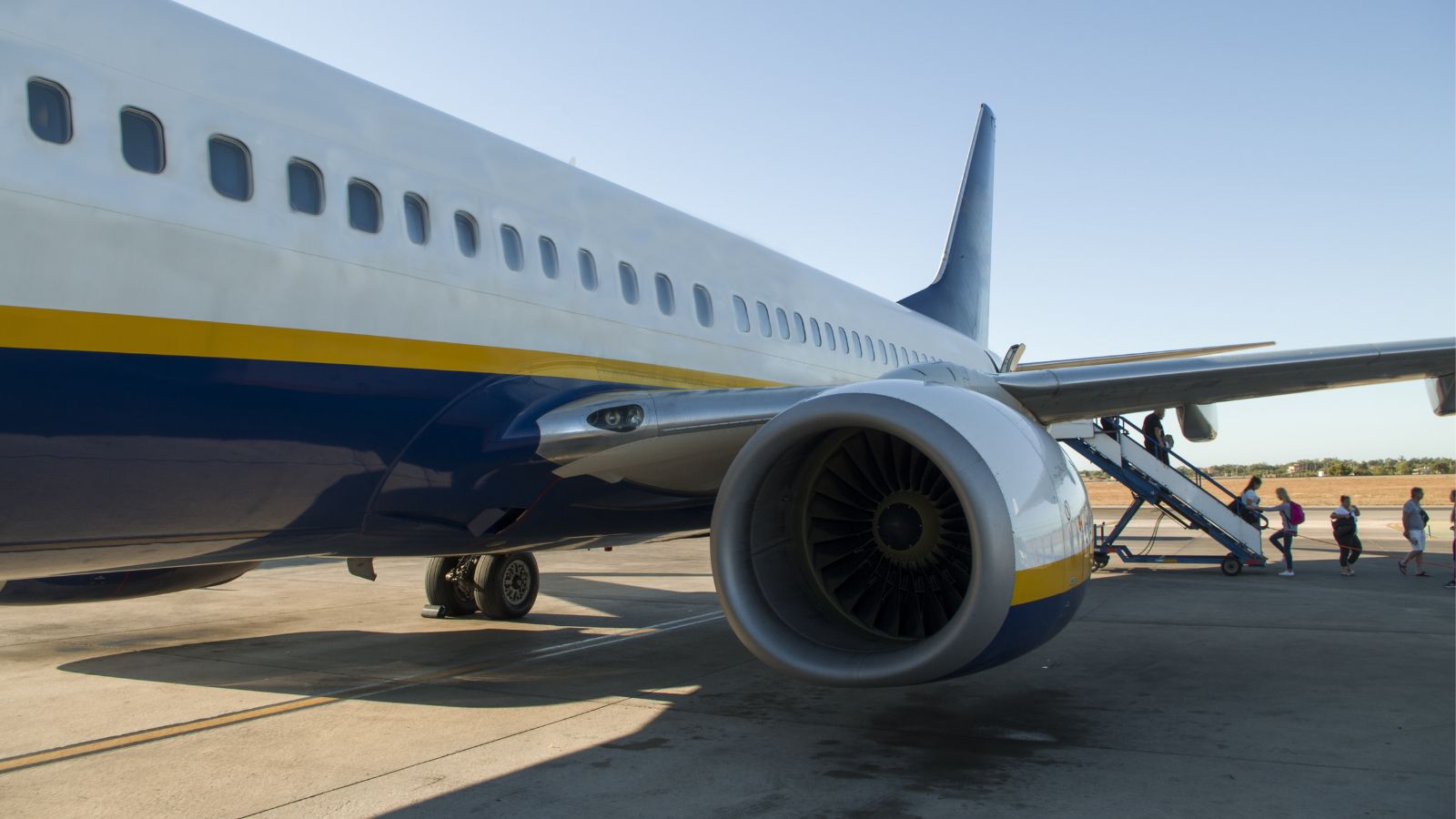This week Ryanair released their Q3 financial results, and it was my turn for the early morning gig on the BBC commentating on their fortunes. This inevitably involves a quick review of the results, before having to pick out the main points. And let’s be honest, Ryanair - well, Michael O’Leary - always has something interesting to say, and the first four minutes of his recorded “press conference” were full of highlights; it’s worth a listen!
In four minutes, O’Leary manages to confirm his confidence in Boeing, offer to take over United Airlines order for B737s, blame online travel agencies (OTAs) for his lower-than-expected load factor (although it’s actually bookings rather than load), brush over a higher than expected fuel bill, sneak in a new agreement to sell holidays, express frustration at the German regulators and promote their expansion into the Moroccan domestic market. It was exhausting to listen to, but one thing stuck out for me, and it was the mention of domestic markets. This got me trawling the data to see just where Ryanair stand in in Europe’s, and soon North Africa’s, domestic markets.
Domestic Flying, Notoriously Difficult
Although it can be great for aircraft utilisation, moderately good for cash and productivity, domestic flying has for decades been a graveyard for profitability, ask Flybe and many others who have tried and failed. Operate more than a regional niche network and it’s easy to stray into trouble and begin to slide down a very steep slope with a pool of red awaiting.
In the table below we’ve looked at the six largest airlines operating domestic capacity across the whole of Europe. Since 2019 most of those airlines have remained consistent in their production, but not Ryanair who have increased their domestic flying by over one-third (38.2%). So where has that capacity growth occurred?
Never one to miss an opportunity, Ryanair have increased capacity in Italy by over 54% (see table below of Ryanair’s major European countries) bravely stepping into markets and routes that others vacated perhaps, or absolutely squeezing what competition there was with their lower cost bases and prices; more the latter in truth.
Across Europe, the airline has been aggressively growing capacity leading to increased competition – which must be a good thing for the consumer, assuming that the competition continues to operate. And that is the key question: has Ryanair’s domestic growth been good for the overall domestic market in each of these countries?
Ryanair's Market Share Grab
It’s a bit of a misconception that you must have the largest market share to succeed, many airlines have failed with that belief and having the lowest cost base is probably a more effective measurement of likely success.
Ryanair have certainly increased their key domestic market share in Europe. In the case of Italy, Ryanair have a 45% market share and operated 65% more seats than ITA Airways, who dropped 5 million domestic seats as part of their name change away from Alitalia. At some point, someone in Brussels may well look at how Ryanair are building market share in several domestic markets, but their current levels of share would appear to be in the consumer and markets interest, if not other airlines!
For Ryanair, the grab and go of domestic markets perhaps does make sense, their production costs per seats are lower than anyone, and with ancillary revenues apparently growing strongly the probability is that they did operate profitably on domestic sectors, or why else would they be launching a domestic services in Morocco this summer?
Just a Regulatory Challenge to Avoid
For Ryanair, growing domestic markets may be a sound strategy, and let’s face it they don’t do much wrong generally and it’s hard to see any challenges to the position they are building. Certainly, in the UK HS2 and an improved rail competitor is a distant dream and similarly in Italy alternate travel modes are challenging, while Spain and Portugal have a collection of Islands that need serving. However, sustainability, green thinking and an increasing desire amongst some to tax aviation even further (as is the case in Germany) will probably test the patience of Ryanair and the language of Michael O’Leary in the coming years despite their success.
All of which makes it worthwhile getting up very early just once a quarter to listen to those words of wisdom and pops at everyone else in the industry at a Ryanair pre-recorded press conference, maybe one day OAG will get a mention!



